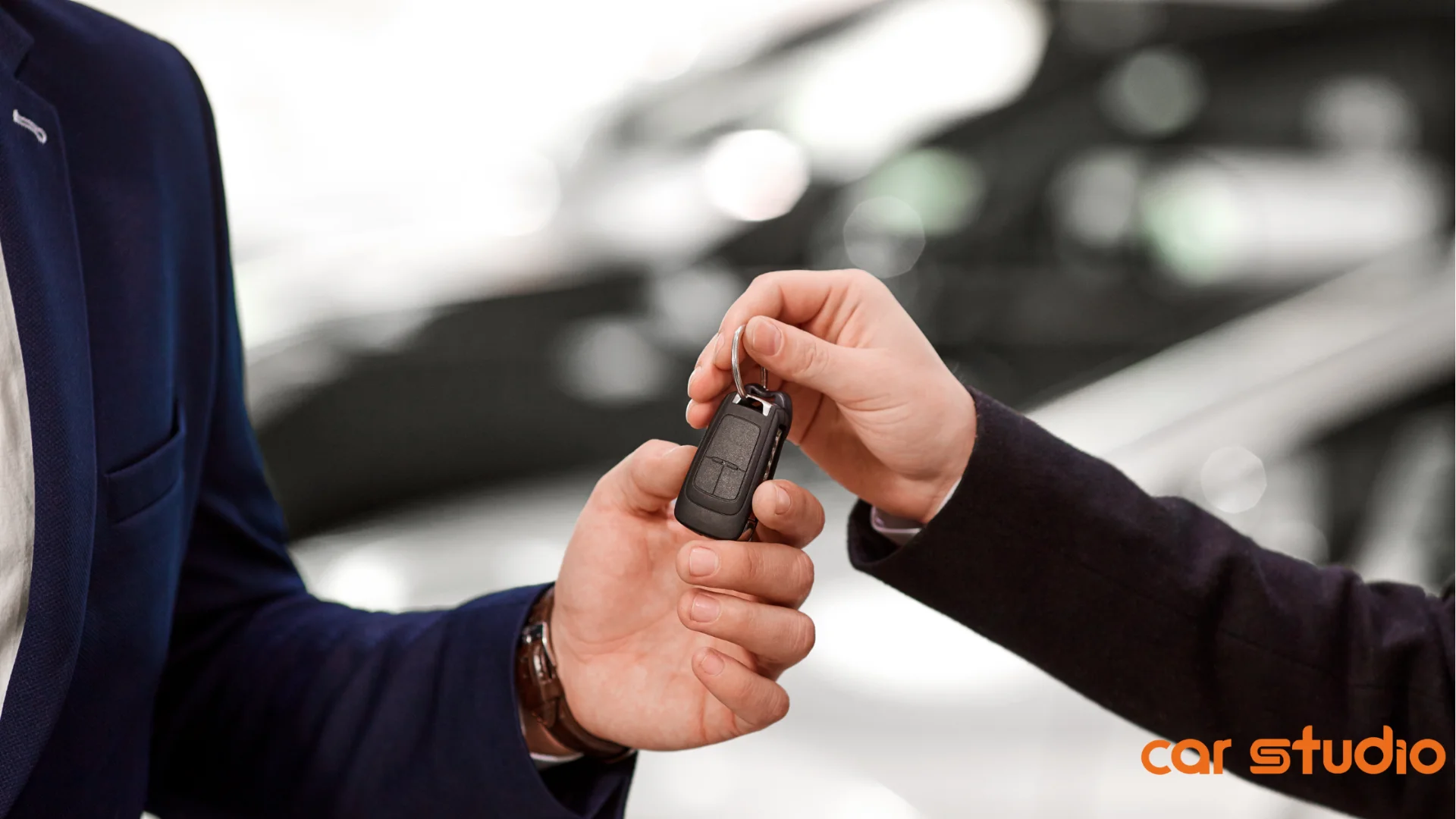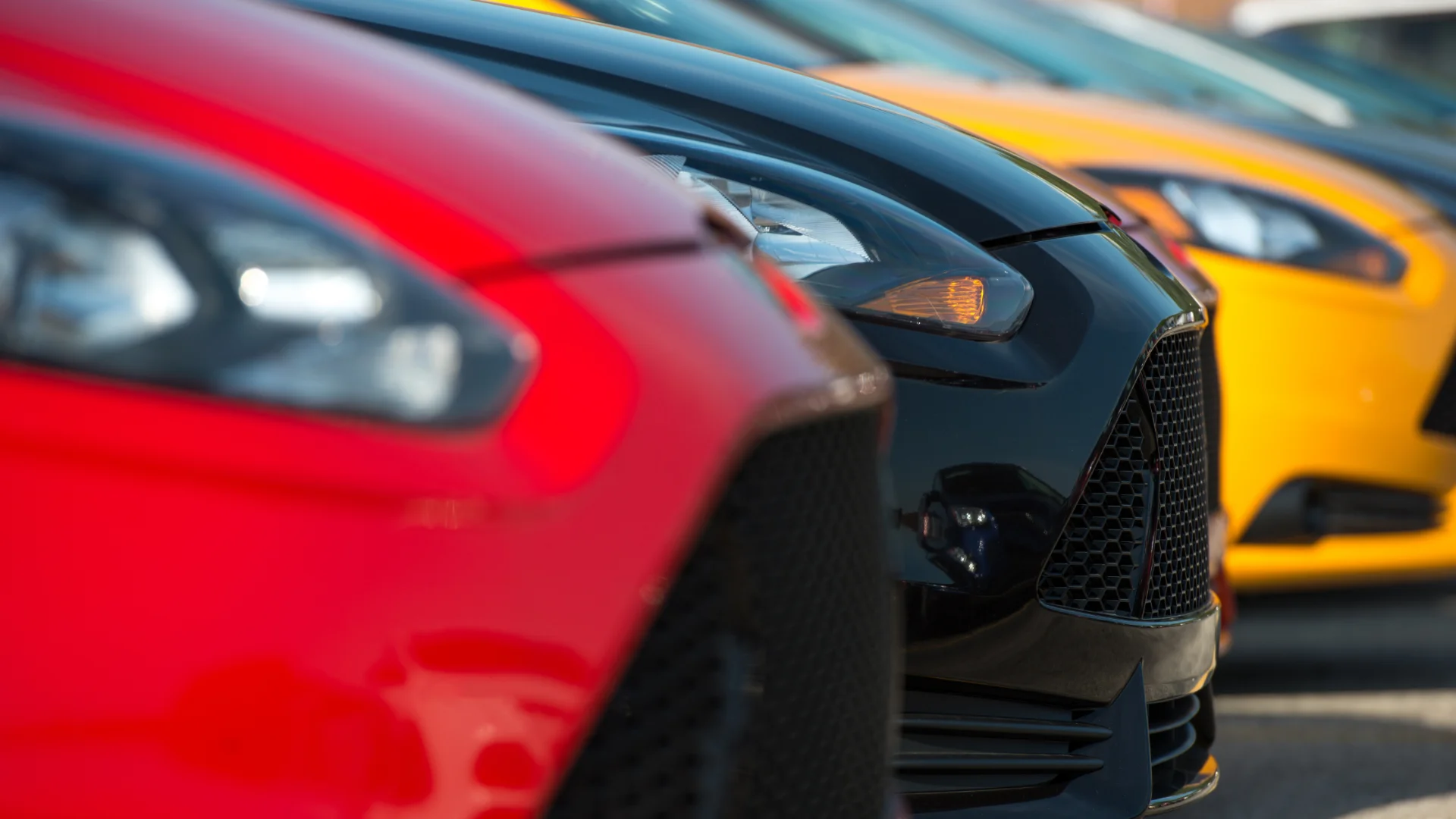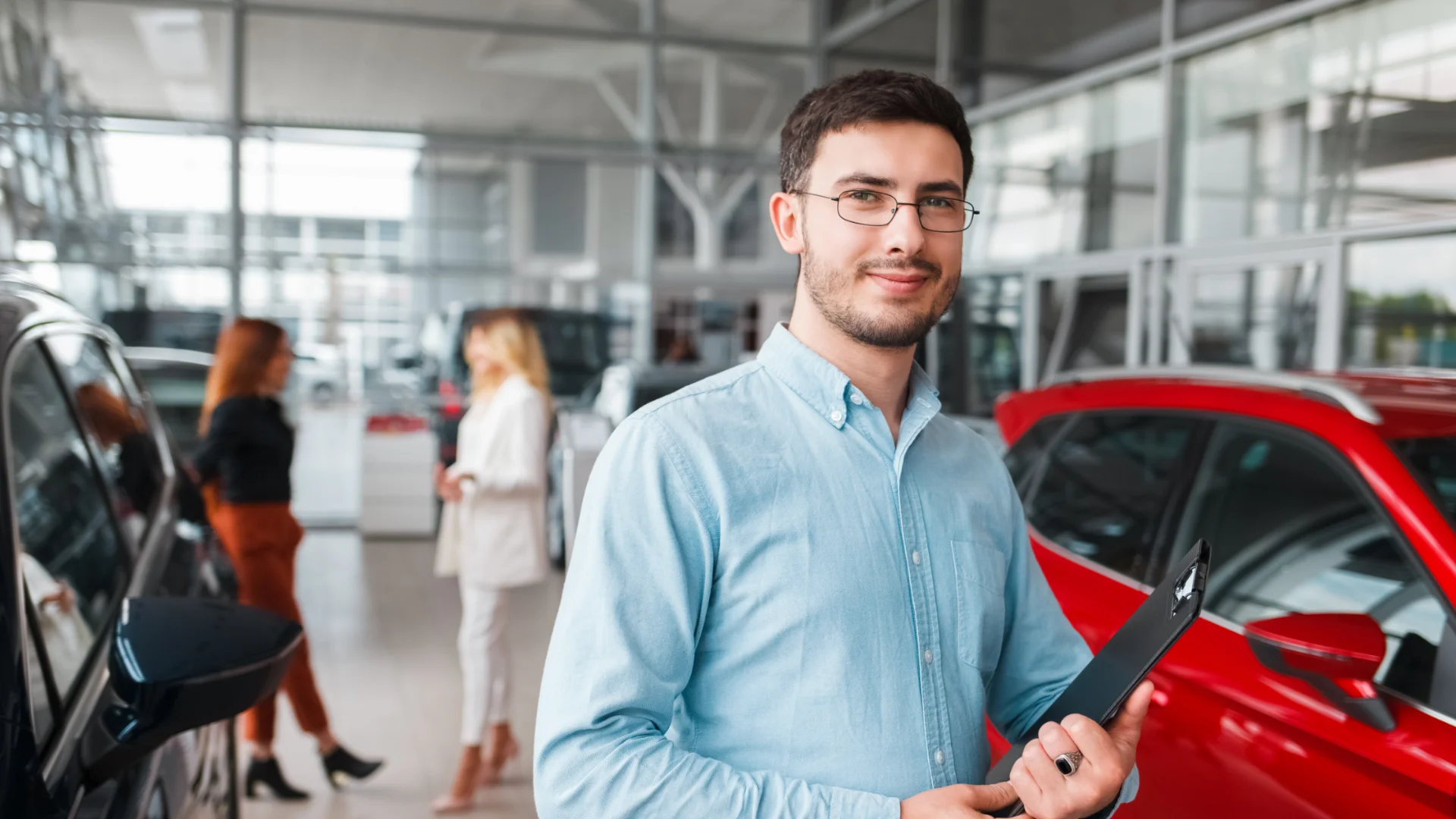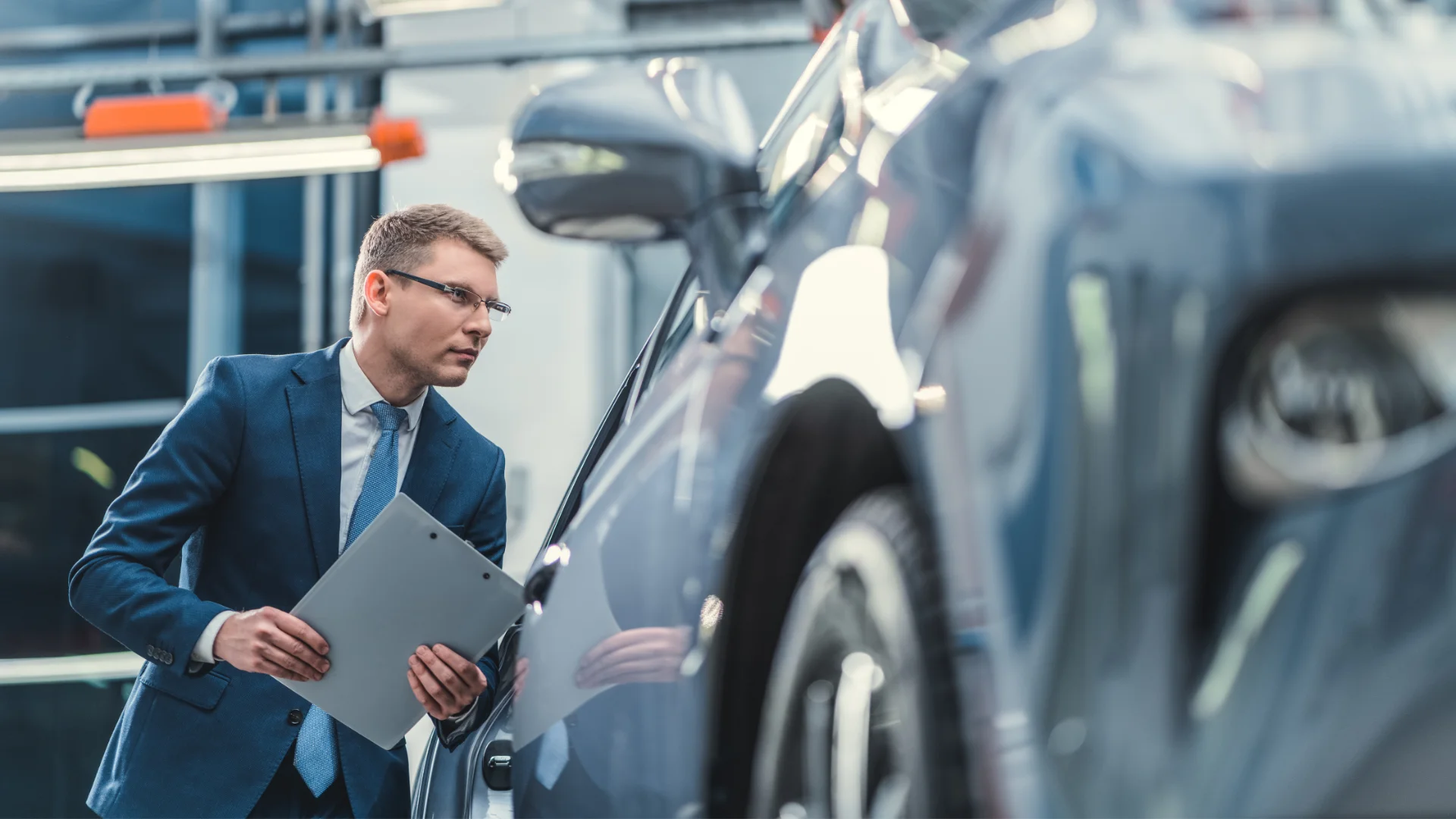
Dealer Favorites: Time-Saving AI Tools for Car Photos & 360° Views
Table of Contents
Dealer Favorites: Time-Saving AI Tools for Car Photos & 360° Views
In today’s fast-moving automotive world, attention has become the new currency. A split second decides whether a buyer clicks “See Details” or keeps scrolling. Dealers know this instinctively but what’s changed in the past few years is how that attention is earned.
Once, sharp photos and polished lighting setups were enough. Now, as digital-first buying dominates, dealerships are discovering that the secret to standing out lies in something far more refined: emotionally tuned, AI-powered visuals.
A Shift from Pixels to Perception
When you browse modern car listings, you’ll notice an unmistakable pattern the best ones feel different. It’s not just about how the car looks; it’s about what it makes you feel.
As explored in Optimizing Car Listings with Emotionally Tuned AI Photos, the most successful dealers are learning that visuals can trigger subtle emotional responses. Warm lighting, open road reflections, or balanced composition can make a buyer feel ownership before they even test-drive.
AI helps decode this psychological layer. It doesn’t just polish pixels it identifies emotional cues that drive trust and desire. This is where “digital excellence” stops being a buzzword and becomes a sales advantage.
When AI Becomes the Photographer’s Best Friend
If you’ve ever done a photo shoot for 50 cars in a single afternoon, you know the chaos: uneven sunlight, busy backgrounds, shadows that seem to follow you everywhere. Traditional editing eats hours, sometimes days.
Now imagine uploading those same photos into a system that automatically cleans up clutter, aligns angles, adjusts lighting, and delivers a ready-to-publish gallery all within minutes.

That’s exactly what modern AI-driven tools are doing for dealerships. In fact, AI Tools Car Dealers Love: Background Removal, 360° Car Views & Faster Sales dives deep into how background removal and 360° views have become must-haves rather than luxuries.
With background automation, even the most chaotic outdoor shots can be turned into sleek, studio-like presentations. Neutral backdrops focus the buyer’s attention solely on the vehicle, and dynamic lighting adjustments make every model pop from hatchbacks to high-end SUVs.
The Power of 360° Perspectives
One of the most underestimated features in digital retailing is the 360° car view. Buyers can rotate, zoom, and explore every detail, simulating the sense of being in the showroom.
For many customers, this single feature builds the trust that static photos can’t. It bridges the gap between online browsing and real-world assurance. Combined with AI-based stabilization and consistency tools, these immersive visuals now come with perfect lighting and seamless transitions even when shot across different days or cameras.
Dealers who’ve implemented this technology often report two outcomes: faster conversions and fewer redundant inquiries. Buyers spend less time asking for extra photos and more time clicking “Book a Test Drive.”
From Workflow Chaos to Effortless Consistency
Every dealer has faced the same problem one car looks amazing online, the next one… not so much. It’s not about effort, it’s about consistency.
This is where AI quietly becomes your behind-the-scenes design department. The right tools can automatically detect a dealership’s preferred angles, color warmth, and watermark placements, then apply them across hundreds of listings.
As discussed in Dealer Guide to Car Listing Optimization: Neuro-Marketing Meets AI, this consistency builds subconscious trust. Buyers might not notice that all your photos follow a pattern, but they feel it and that sense of professionalism often tips the balance toward inquiry or purchase.
Emotion, Efficiency, and the Human Element
Here’s the paradox: the more we automate, the more human our marketing becomes.
AI doesn’t replace creativity; it enhances it. With routine edits handled automatically, photographers and marketing teams can focus on storytelling that emotional layer that no algorithm can fully replicate.
Maybe it’s the early-morning glow on a new EV model, or a wide shot that suggests freedom and motion. Those choices still come from human intuition. What AI does is handle the repetitive mechanics so you can focus on the art of selling the feeling, not just the car.
Cost Efficiency Meets Scale
Scaling your visual strategy used to mean hiring more photographers, editors, and freelancers. Now it simply means upgrading your toolkit.
AI photo systems reduce external costs by eliminating studio dependency while delivering studio-grade results. Dealers can process hundreds of vehicles with uniform precision, saving both time and budget.

For multi-location dealerships or online-only retailers, this scalability is transformative it’s the difference between having an inconsistent gallery and running a polished, cohesive digital showroom.
The Future of Dealer Marketing: Emotionally Intelligent Automation
What’s next? We’re entering a phase where AI tools won’t just enhance visuals; they’ll understand them.
Imagine a system that analyzes which type of background converts better for sports cars vs. SUVs, or which color tone performs best in certain regions. That’s not a far-off dream it’s already in development within advanced car photo ecosystems.
Soon, your listing photos will adapt to context, mood, and audience, dynamically optimizing for engagement merging emotional resonance with pure data-driven insight.
A Personal Reflection
As someone who’s watched the automotive landscape evolve from glossy magazine ads to emotionally aware AI photography, I can’t help but feel that we’re in a golden moment of creativity-meets-technology.
There’s something poetic about it machines learning what moves humans. Dealers who embrace that blend of logic and emotion aren’t just keeping up; they’re setting the standard for how cars are experienced online.
Conclusion: Transforming Car Listings with AI
AI-powered tools for car photography and 360° imaging are not a passing trend. They represent a long-term evolution a smarter, faster, and more emotionally aware way to sell cars.
They save hours, cut costs, and most importantly create visual experiences that make people feel something. That feeling is what turns browsers into buyers.

So whether you’re a local dealer looking to elevate your listings or a digital marketplace aiming for scale, now is the moment to embrace AI. Start with emotion, layer in intelligence, and let technology handle the rest.
Because at the end of the day, it’s not just about selling cars it’s about showing them in a way that people remember.
Frequently Asked Questions
How do AI photo editing tools work for car dealerships?
AI photo editing tools for car dealerships rely on deep learning a form of machine intelligence that’s trained on thousands (sometimes millions) of vehicle images. When you upload a photo, the system doesn’t just see pixels; it understands shapes, reflections, materials, and even brand-specific design cues.
It analyzes every element from lighting conditions to surface gloss and applies corrections that match professional automotive photography standards. In practice, that means sharper details, balanced lighting, clean reflections, and color consistency across every photo. Over time, these systems even learn a dealership’s preferred style, automatically aligning with its visual identity and tone.
Can AI replace professional photographers in automotive photography?
Not quite and perhaps, it shouldn’t. AI can take over the repetitive, time-consuming parts of the process, like retouching, background removal, and lighting correction. But professional photographers bring something that machines can’t replicate: intuition, atmosphere, and creative storytelling.
Especially for premium brands or collector vehicles, human direction still matters. Many top dealerships now use a hybrid model photographers capture the emotion and depth, while AI handles the technical perfection afterward. It’s not about replacement; it’s about enhancement and freeing humans to focus on creativity instead of correction.
Are these AI tools difficult to integrate with existing dealership systems?
Thankfully, no. Most modern AI platforms for automotive imaging are built with integration in mind. They work smoothly with popular DMS (Dealer Management Systems), CMS platforms, and even online marketplaces. In many cases, it’s as easy as connecting an API key or enabling an automated upload setting.
Once integrated, the system can automatically pull new vehicle images, process them in the background, and push optimized versions live no manual downloads or uploads required. It’s seamless, scalable, and built to fit right into the dealer’s daily workflow, without disrupting existing habits.
What is the typical cost of adopting AI-powered photography tools?
The cost varies depending on the provider and the scope of features for instance, whether you need background replacement, 360° processing, or full automation across multiple dealerships.
That said, AI imaging tools are designed to save far more than they cost. By cutting down on studio rentals, manual editing time, and external photography services, dealerships often see a positive ROI within weeks. The real payoff comes from improved listing performance better visuals mean faster clicks, shorter sales cycles, and higher buyer confidence. It’s not just a technology expense; it’s a revenue accelerator.
How do these tools handle different car models and colors?
AI systems are trained on massive, diverse datasets covering a wide range of vehicle types from compact hatchbacks and family sedans to luxury coupes, EVs, and heavy-duty trucks. This variety helps the system recognize differences in body design, texture, and color dynamics.
That means the AI knows, for example, how a metallic blue behaves differently from a matte gray under certain lighting, and adjusts edits accordingly. The result is accuracy without over-processing every photo looks clean, balanced, and true to the real-world appeal of the vehicle.
Can these tools be used for other types of vehicles like motorcycles or trucks?
Absolutely. The flexibility of AI lies in its adaptability. Whether you’re photographing motorcycles, commercial trucks, vans, or even boats, the same core principles apply clean presentation, consistent lighting, and focused framing.
In fact, several dealers use these tools across mixed inventories. The AI automatically identifies the vehicle type and applies the correct visual treatment. A sports bike gets a dynamic, high-contrast finish, while a truck might receive a more robust, outdoor-style lighting setup. This adaptability makes AI a universal asset for any vehicle retailer, regardless of category.
